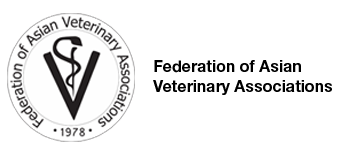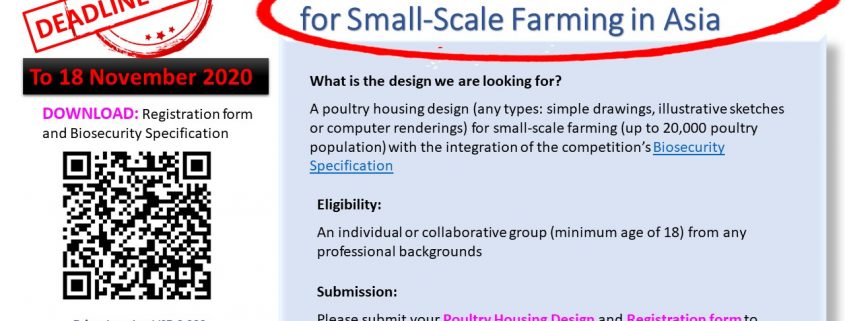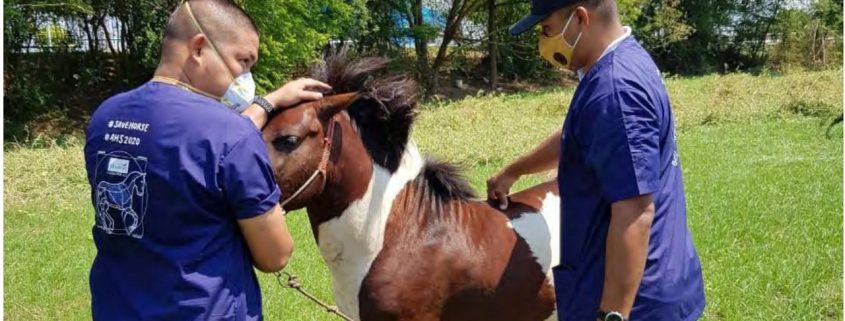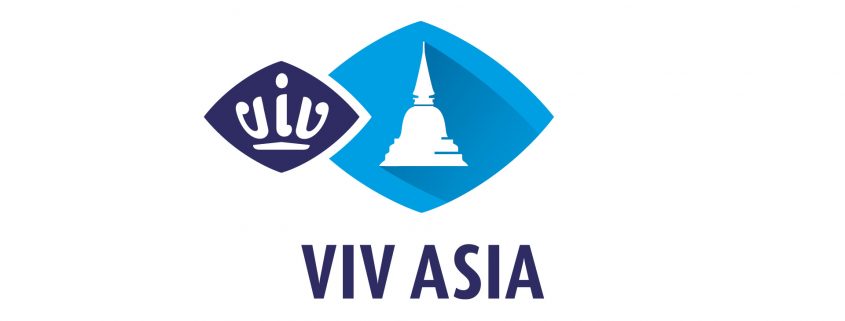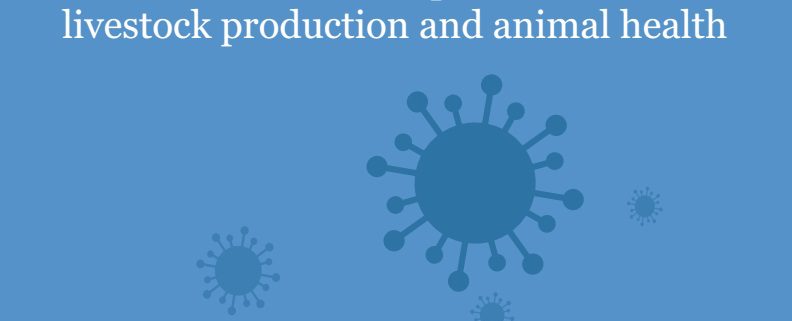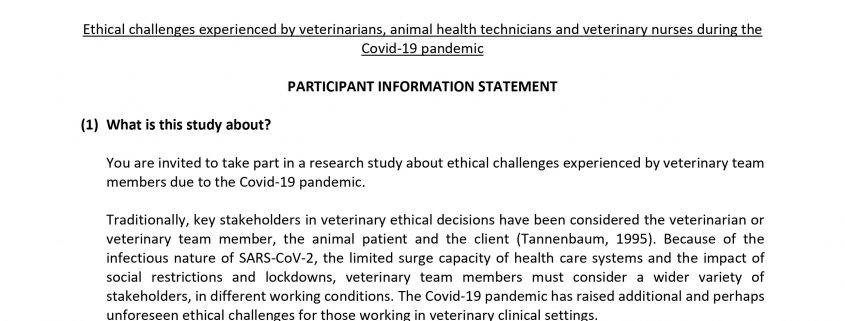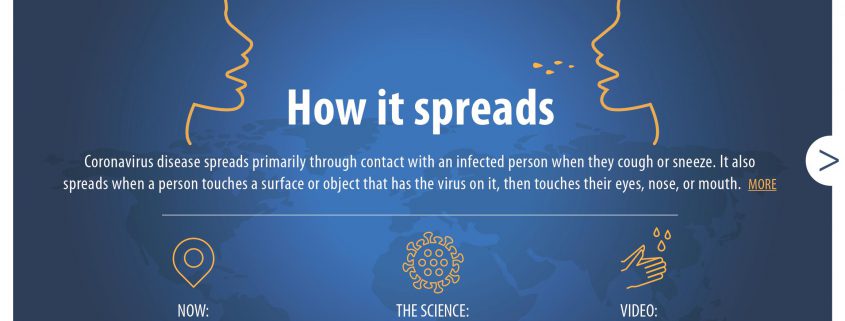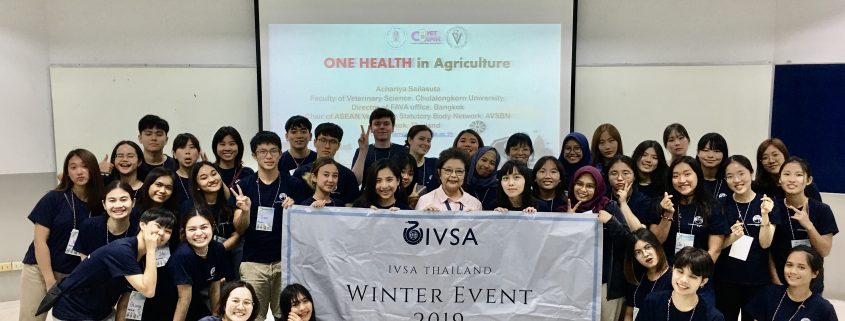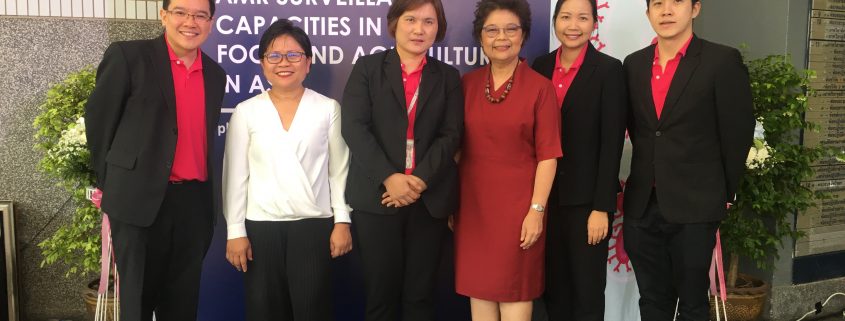FAO Guides COVID19
/0 Comments/in News, Year 2020 /by WisaMore information
How it Spreads?
/0 Comments/in News /by WisaInternational Veterinary Student Association
/0 Comments/in News, Year 2019 /by WisaFAVA support International Veterinary Student Association,
IVSA, Thailand Chapter.
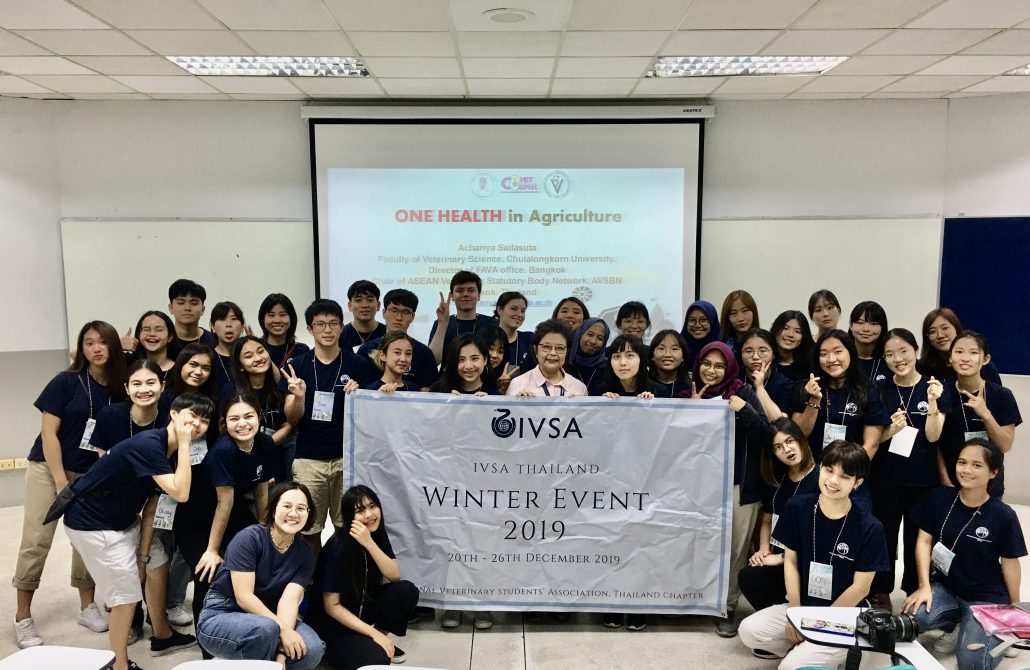
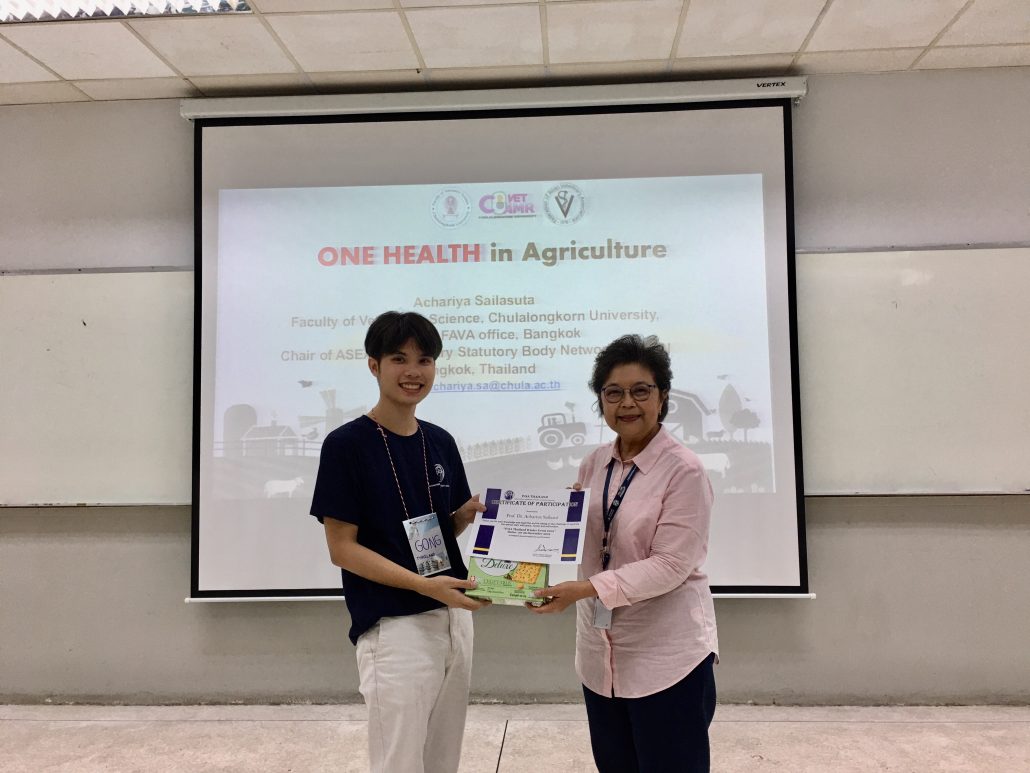
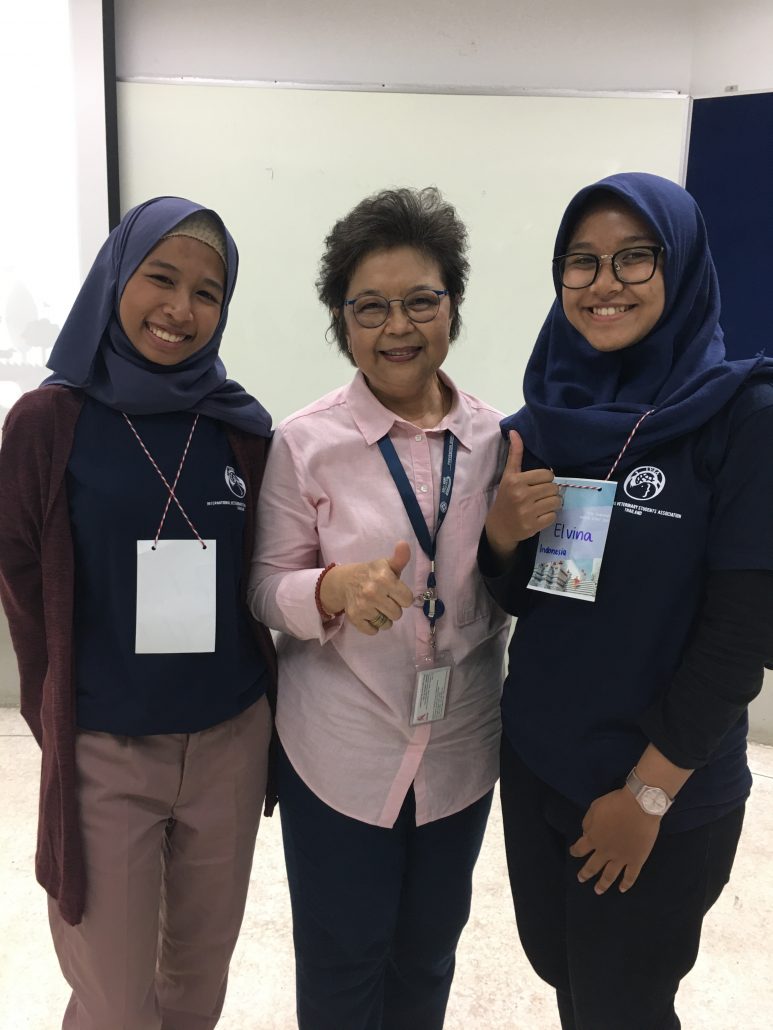
Prof. Dr. Achariya Sailasuta, Director of FAVA office, Bangkok, participated International Veterinary Student Association, IVSA, Thailand Chapter, Winter Event 20-26 December 2019, Faculty of Veterinary Science, Chulalongkorn University, Bangkok, Thailand. FAVA also presented the lecture on One Health in Agriculture in the welcome lunch talk. There 40 veterinary students from the IVSA’s member countries, Indonesia, Korea, Malaysia, Taiwan, and Thailand. The students have learned so many things including culture. This activity is a successful one.
World Antibiotic Awareness Week 2019
/0 Comments/in News, Year 2019 /by WisaFAVA participate in the World Antibiotic Awareness Week 2019,
19-21 November 2019,
Faculty of Veterinary Science, Chulalongkorn University, Bangkok, Thailand.
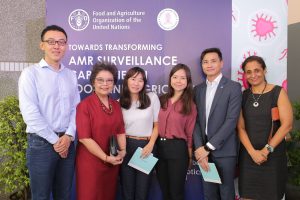
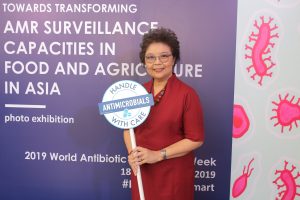
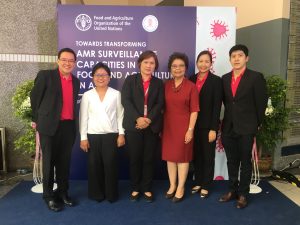
On this occasion, the Food and Agriculture Organization of the United Nations (FAO) has officially designated the Faculty of Veterinary Science, Chulalongkorn University as a reference center for antimicrobial resistance (AMR), its regional office for Asia and the pacific announced on 19 November 2019.
One Health Educational Workshop
/0 Comments/in Conference, News, Year 2019 /by Wisa 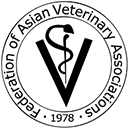
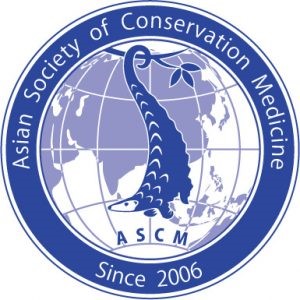
One Health Educational Workshop
The 12th Asian Society of Conservation Medicine (ASCM) Conference 2019
Hotel Cambodiana, Phnom Penh, Cambodia,
Oct 25th to 27th 2019
Asian Society of Conservation Medicine (ASCM) held its 12th Conference 2019 in the city of Phnom Penh Cambodia on 26-27 October 2019. ASCM is an affiliation member of FAVA and FAVA always involved in most ASCM seminar and workshop. The conference was preceded by the One Health Educational workshop on October 25th at the Royal Agriculture University (RUA) Cambodia with the audience were students and members of the Faculty of Veterinary Medicine. The speakers and topic in this worksop were 1) Role of FAVA on One Health Activities in Asia – Dr. Bambang Pontjo Priosoeryanto, FAVA Secretary General, 2) Wildlife Biology and Medicine for One Health – Dr. Toshio Tsubota, Laboratory of Wildlife Biology and Medicine, Graduate School of Veterinary Medicine, Hokkaido University, 3) Introduction to Zoo Medicine Dr. Paolo Martelli – Ocean Park Hong Kong, 4) One Health Concept and Wildlife Disease Surveillance – Dr. Pam Whiteley, Wildlife Disease Association, and Wildlife Health Australia) and 5) General Pathology – Dr. James K. Chambers, Graduate School of Agricultural and Life Sciences, the University of Tokyo.
As a federation of Asian veterinary association, FAVA with its member association in every member countries takes the responsibility to bring awareness of its importance issue of One Health to the community to make a better life by harmonization between human-animal-environment bond. The ASCM One Health Educational Workshop is held with support from FAVA since 2014. FAVA was supported this educational workshop by giving a lecture and also donated 500 US$ for this activity. Dr. Bambang Pontjo Priosoeryanto, the FAVA Secretary General was gave a lecture on the general information about FAVA with special topic on the FAVA activities on One Health in Asia. The audience was very impressed and enthusiastic with this workshop. FAVA will keep involved and active participated in the promotion, education, collaboration with other parties on One Health issue in every possibility ways as a real contribution of our veterinary profession.
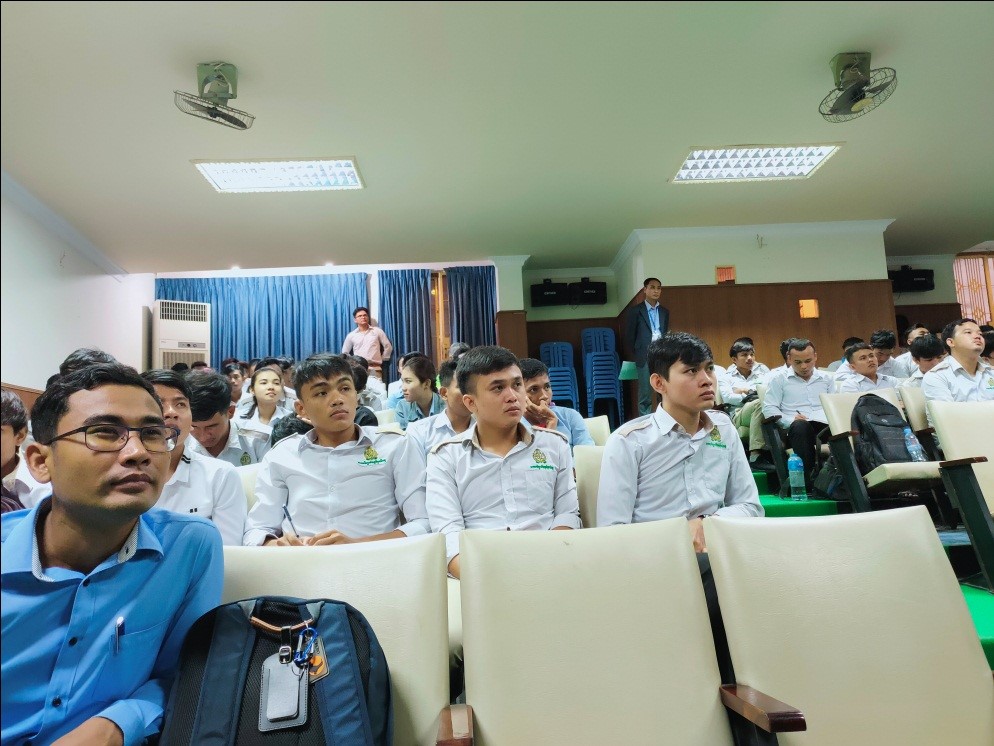
Audience of the Educational One Health Workshop student of Faculty of Veterinary Medicine RUA, Cambodia
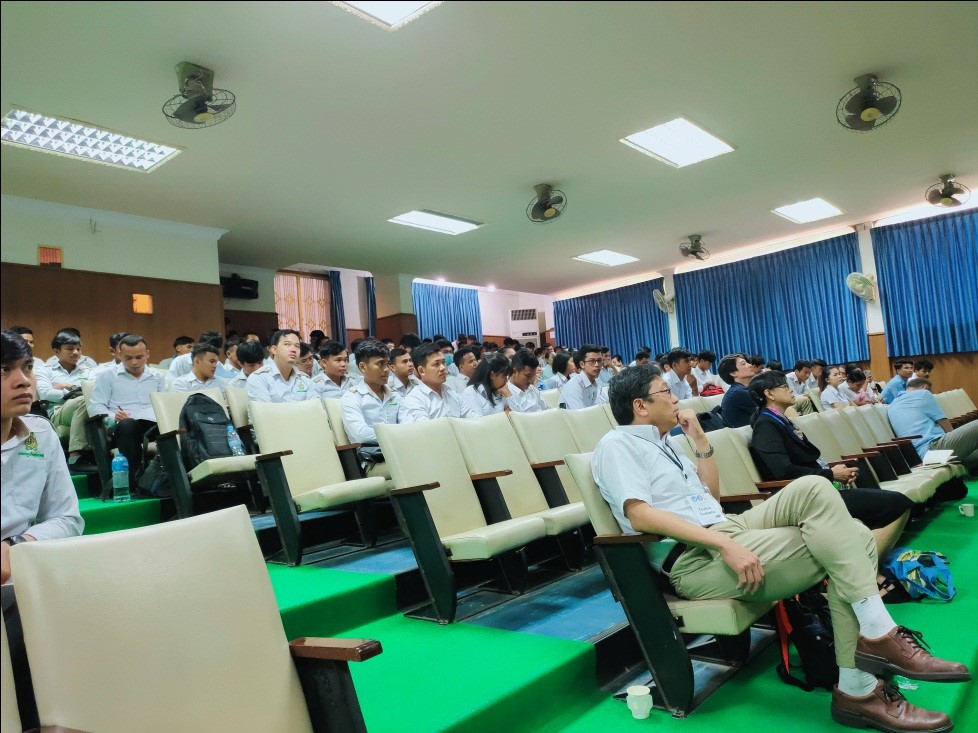
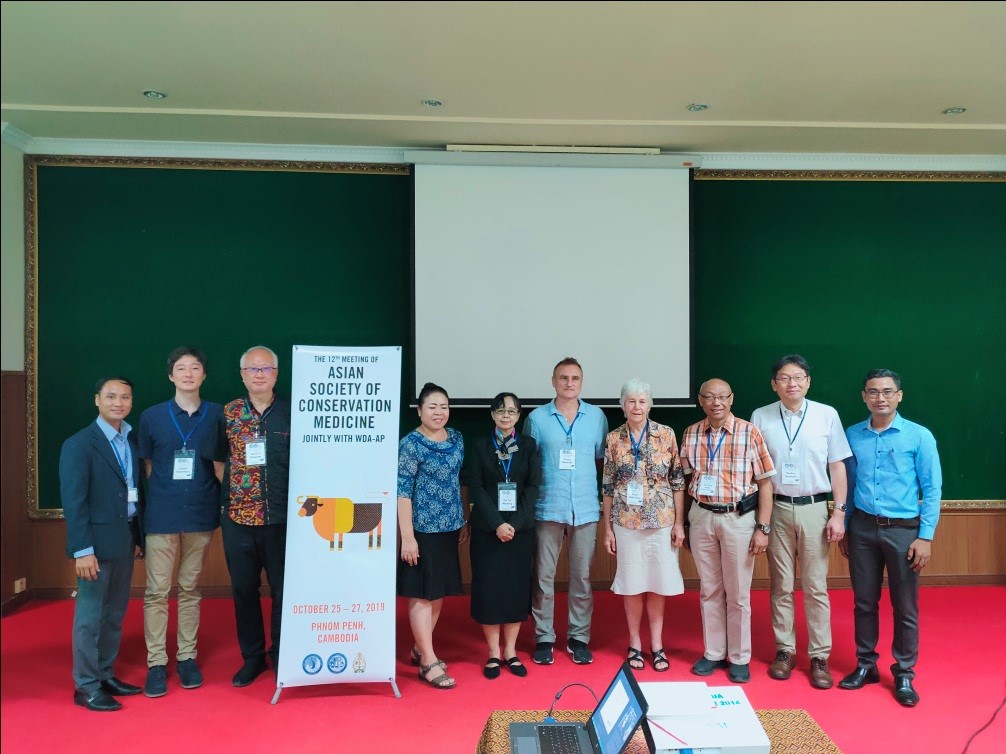
Speakers and organizers at the workshop with the Dean of Fac. of Vet. Medicine RUA and President of ASCM

Speakers and participants at the 12th ASCM Conference, from FAVA participated Dr. Bambang Pontjo Priosoeryanto (FAVA Secretary General and Dr. Achariya Sailasuta (Director of FAVA Office Bangkok)
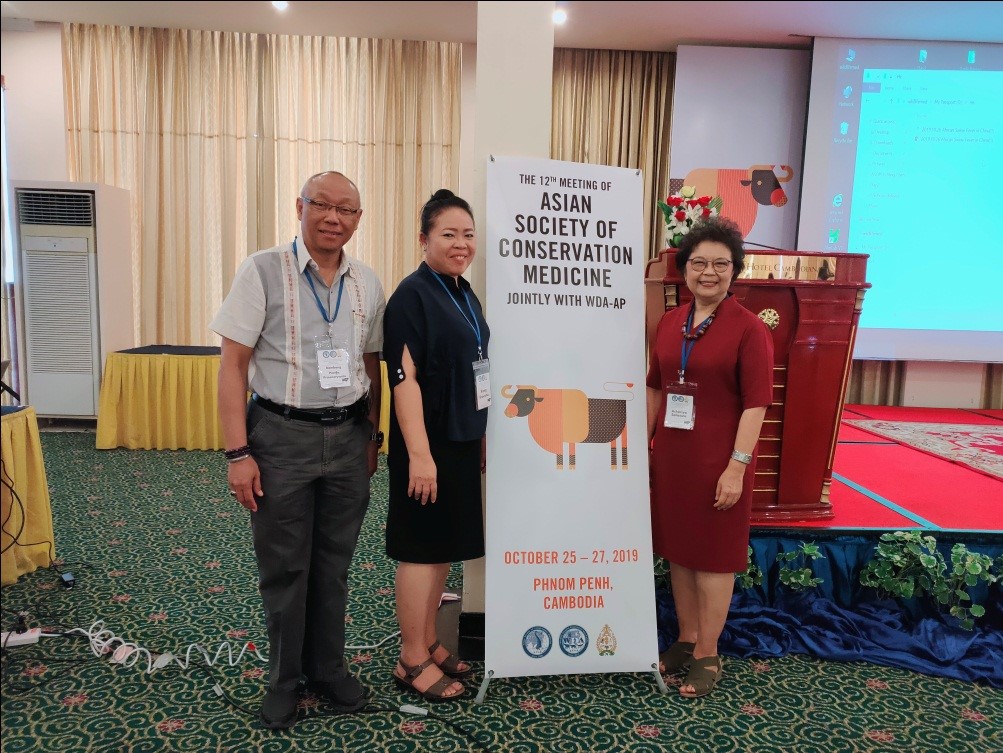
Dr. Bambang Pontjo Priosoeryanto (FAVA Secretary General and Dr. Achariya Sailasuta (Director of FAVA Office Bangkok) with the Dean of Faculty of Veterinary Medicine Prof. Kang Kroesna
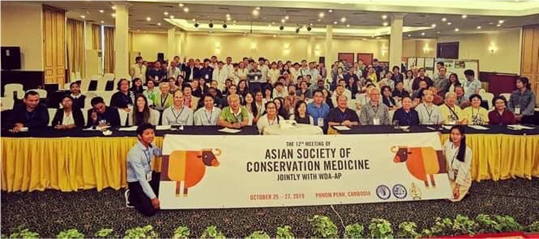
Participants of the 12th ASCM Conference 2019
